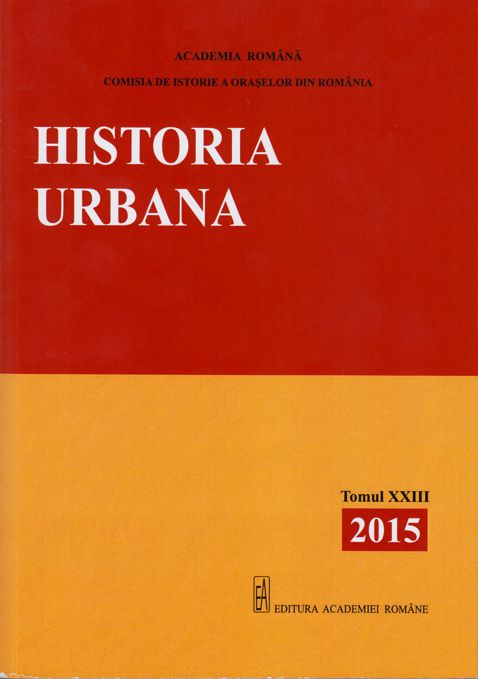Orașul Buzău și lumea rurală (1880-1940)
The town of Buzău and the rural world (1880-1940)
Author(s): Viorel GheorgheSubject(s): History, Local History / Microhistory
Published by: Editura Academiei Române
Keywords: migration; railway; suburban village; silo; Buzău;
Summary/Abstract: The relationship between the city of Buzău and the rural world was a profound, complex but also controversial one. The city’s economic development has led to an extensive migration of peasants, originating inside and outside the county. Consequently, in terms of area, the city grew up with new districts. The railroad was another engine of the city’s development. At the beginning of the 20th century, the government allowed the construction of private railways. One of the projects of the time was the construction of a railway which was supposed to connect Valea Buzăului (Buzău Valley) with the city of Ploiești. The county councilors refused to approve that project, because they were afraid that the wealth of the Buzău Valley would have been directed towards other cities instead of going to the county’s capital. It was a selfish decision, which did not follow the interests of the residence in the area. Year after year, the so called Dragaica fair attracted merchandisers from all over the country, being an eagerly awaited event. But, besides merchandisers, the city was stormed by the practitioners of the oldest job in the world. Most of them had their origins in the rural world. The poverty, the lack of perspectives and education were the main causes of that scourge. The sanitary authorities of the city had to react against that phenomenon, which could have developed into a dangerous one for the city of Buzău. In a different situation, in the years of the Ist World War, more exactly during the German occupation, the sanitary authorities of the city have helped the rural communities, badly affected by hunger and typhus. After the Great War ended, the city continued its economic development and also its territorial expansion. In 1927, Simileasca village became a suburban village, a proof that the city became attractive to the rural community. Around the beginning of the IInd World War, Buzău had already become the location of important industrial objectives, which capitalized the grain and mineral resources of the county
Journal: Historia Urbana
- Issue Year: XXIII/2015
- Issue No: 23
- Page Range: 67-76
- Page Count: 10
- Language: Romanian
- Content File-PDF

